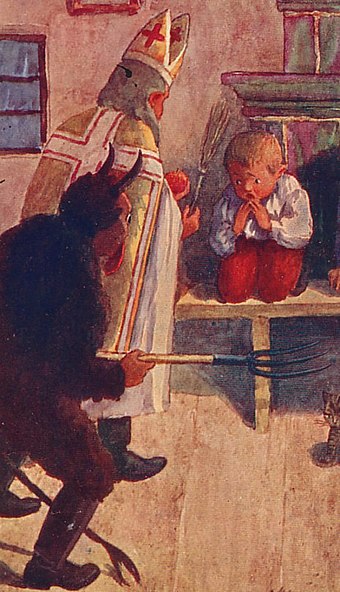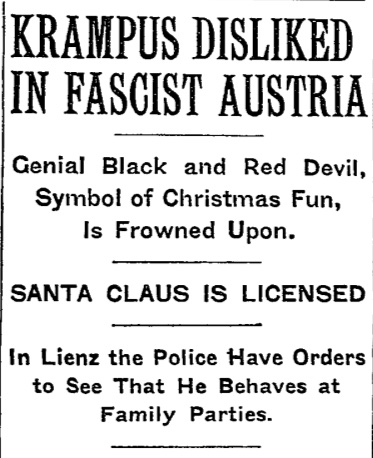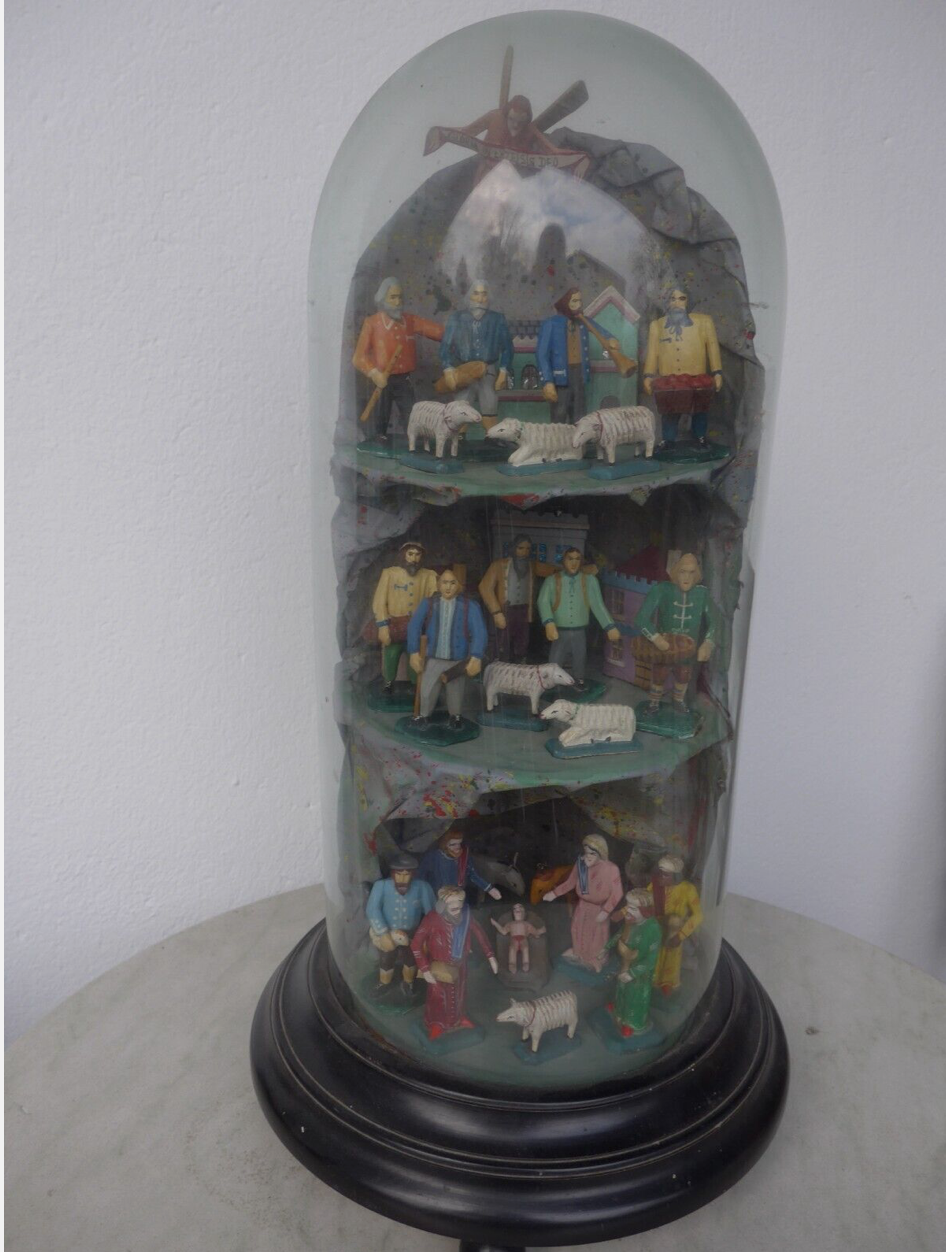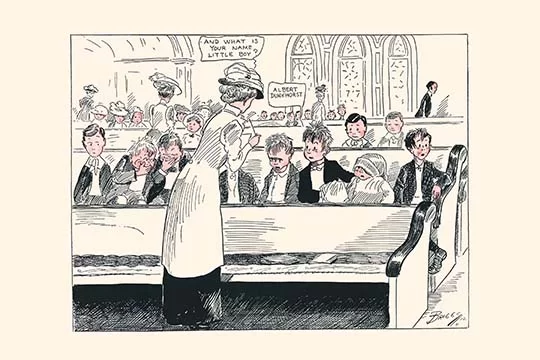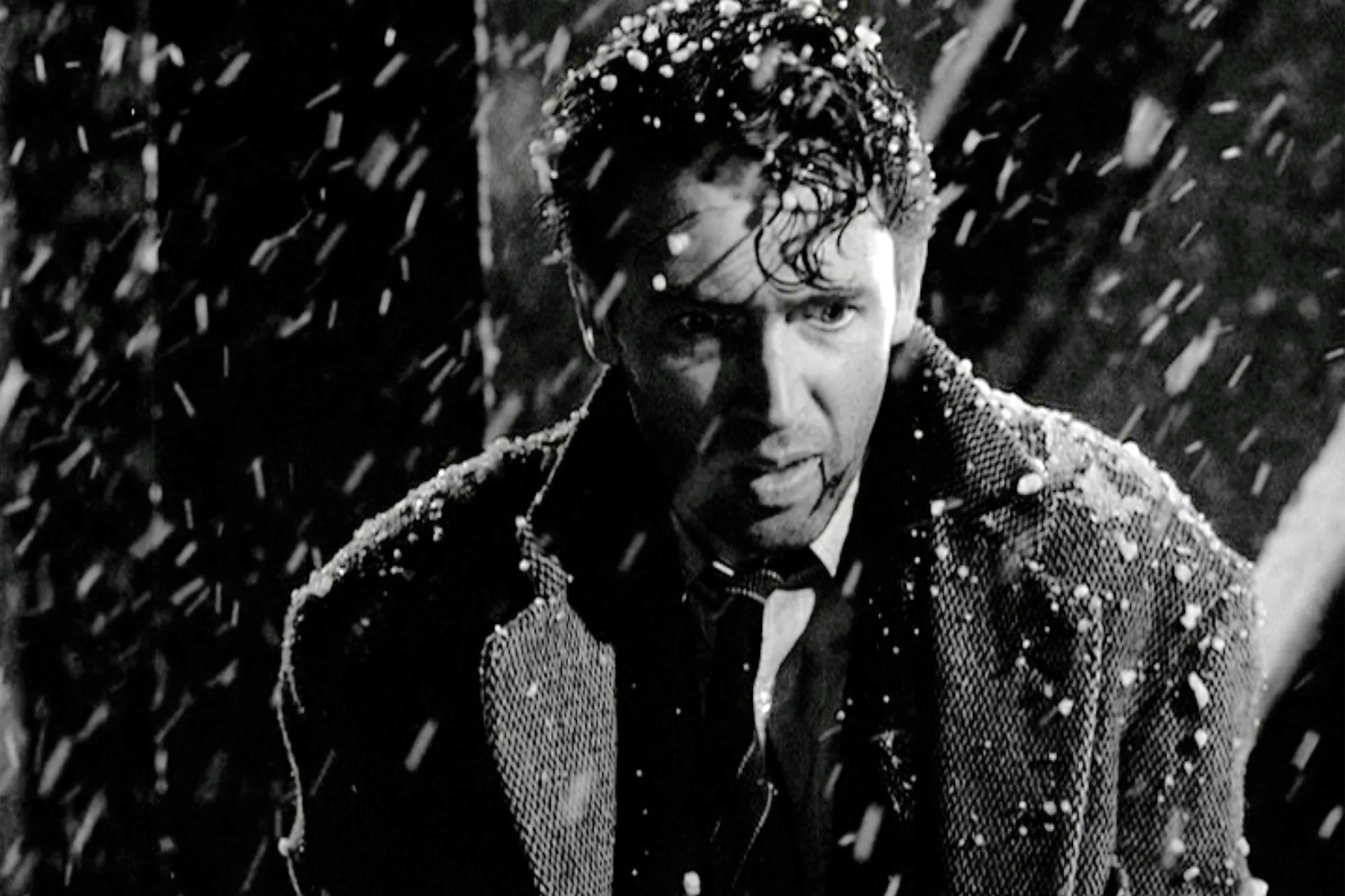Since we must always consider Christmas as a season, and not just December 25, we can understand how a gift given on St Nicholas Day, or St Catherine’s Day, or St Lucy’s Day, New Year’s Eve, or New Year’s Day is a Christmas present.
 Thus the title of the first book to feature a picture of Santa Claus: “The Children’s Friend: A New-Year’s Present to the Little Ones from Five to Twelve.” In this publication Santa Claus arrives on Christmas Eve to deliver gifts.
Thus the title of the first book to feature a picture of Santa Claus: “The Children’s Friend: A New-Year’s Present to the Little Ones from Five to Twelve.” In this publication Santa Claus arrives on Christmas Eve to deliver gifts.
In the sixteenth century, the English humanist Roger Ascham spoke about writing a book that might prove to be “a new-year’s gift that Christmas.” That book turned out to be The Scholemaster, showing a plain and perfect way of teaching the learned languages. In it Ascham criticizes the use of corporal punishment as an aid to educating children. “Beat a child if he dance not well,” he said, “and cherish him though he learn not well, ye shall have him unwilling to go to dance, and glad to go to his book.”


